The year 2020 has been quite eventful so far, and it’s no different for the realm of social media marketing.
There are now over 3.5 billion users of social media, which is around 45% of the world’s population.
Tapping into that big of a market used to be a dream for marketers, but it’s now the reality we’re living in.
Around 73% of marketers swear by the power of social media marketing being effective in turning donkey businesses into unicorn enterprises.
However, most social media tactics and techniques are now old hat by this point, so marketers have to get even more creative for 2020.
Here are 7 big ideas for what you can do with your social media this year that will do wonders in boosting your brand.
In this article
1. Social Media Analytics
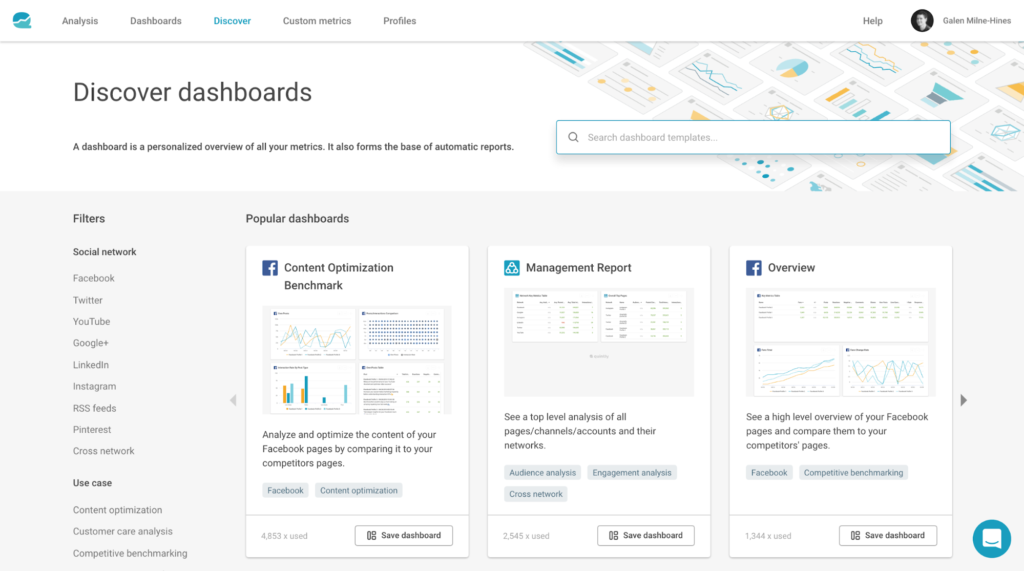
Analytics are more important than ever in 2020 as it’s your main source of data and feedback for your social media.
You get to learn what works and what doesn’t work, which then lets you understand what you can improve on.
Data is the most important resource in digital marketing, and it’s even more so with social media marketing as it’s all about user engagement.
What can make that even better is if you’re able to see real-time data from different platforms in one place.
Social media management tools like HootSuite, Buffer, and Sprout Social make tracking your progress more convenient.
You can use a tool called Quintly to make customizable metrics that let you monitor the stats you care about, so you don’t have to spread your attention so thinly.
That can actually be tremendously convenient and hands-on as you get to change those metrics and better learn how to read analytics as you go.
Being able to read them is a learning process, with certain metrics affecting various brands differently.
Knowing which metric affects your brand the most is crucial to getting the most out of your social media analytics.
Along with other tactics, you can get more information about your audience over time and learn who your ideal customer is.
2. Chatbots
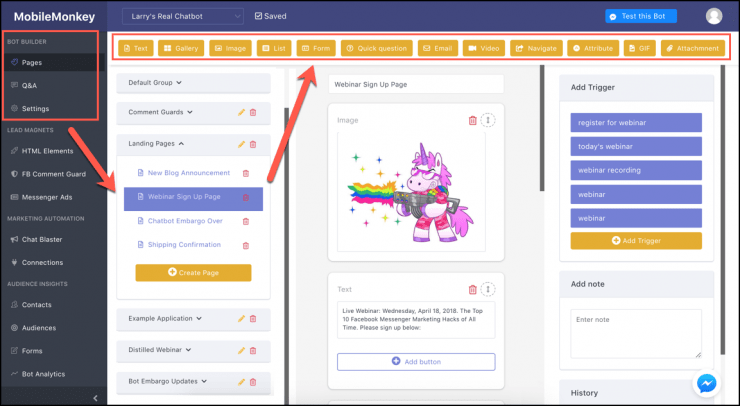
Chatbots used to be limited, but they’re now smart and versatile enough to be an integral part of social media strategy.
They’re expected to give businesses $8 billion in savings by 2022, which will make it an exemplary practical aspect of automation and artificial intelligence.
That’s why if there’s one thing you should do with your social media for 2020, it should be adding a chatbot for your brand.
It can both save you time and labor while also accomplishing tasks more quickly and efficiently.
Building a chatbot can make your social media more powerful in multiple aspects, including customer service, chat marketing, and so on.
You can look for a chatbot that’s right for your brand on Chatbots.org, including those with their own builders.
For instance, MobileMonkey is a Messenger chatbot with a builder that lets you create your own chatbot within five minutes without any coding.
It can be configured to handle just about any frequently asked question with multiple response options to guide users through.
If the inquiry happens to be too complicated for the chatbot, it can then be elevated to an actual human being with live chat takeover.
The more inquiries your chatbot receives over time, the more you gather and observe customer pain points.
You can then work on them to have your chatbot be better able to handle those inquiries, thus improving its capabilities.
The data gathered from customer interaction over time then gives you valuable information for understanding your audience better.
Chatbots have become more prevalent due to accessibility afforded by mobile devices, which makes chat support more viable. In fact, on top of chatbots for Messenger, you can also have a multi-channel chatbot that lets you write conversations across multiple messaging apps like SMS/MMS and Native web chat.
Nowadays, the number of users that access their social media with their smartphones go from 79% to even as high as 91%.
That high percentage of mobile users makes chatbots more viable than ever for your social media strategy, and they’re expected to grow even stronger.
3. Video Content and Stories
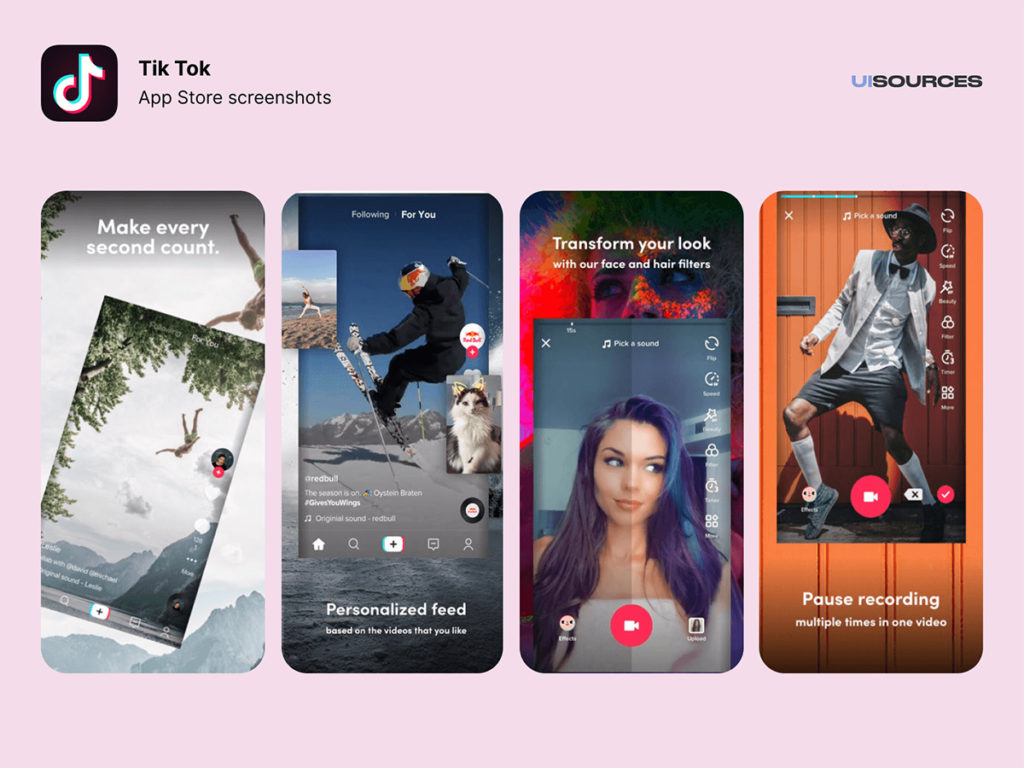
While video content has been around for a very long time now, it’s only getting bigger as time goes by.
There are now even more platforms than ever for entertaining video content, like Snapchat and TikTok.
Not only are they popular with younger audiences, but they’re hard to ignore for older audiences as well.
According to Emarketer in 2019, it’s estimated that as high as 90.4% of social media users are Millenials and Gen-Z.
Many of them are users of, or at least tried out, platforms like Snapchat and TikTok, especially in 2020.
Short-form video content has become big thanks to these two platforms, along with major networks that have since adopted those ideas.
Meanwhile, long-form videos are still good, but only if they’re well-produced and are both entertaining and informative.
It’s just that short-form video content takes a lot less time to make, and the time limit actually opens tons of creative possibilities.
You can take that further and make use of stories and other forms of ephemeral content that goes away after 24 hours.
It plays upon people’s fear of missing out (FOMO), thus making them more attentive to your content on a regular basis.
There were 500 million users of Instagram Stories in January 2019, which is a big jump from 150 million in January 2017.
Whatever direction you choose to take, whether you’re new to video or have been doing it for a while now, 2020 is the perfect time to leverage it.
Especially with how things have been around the world this year, there are more people than ever watching online video.
4. Live Video
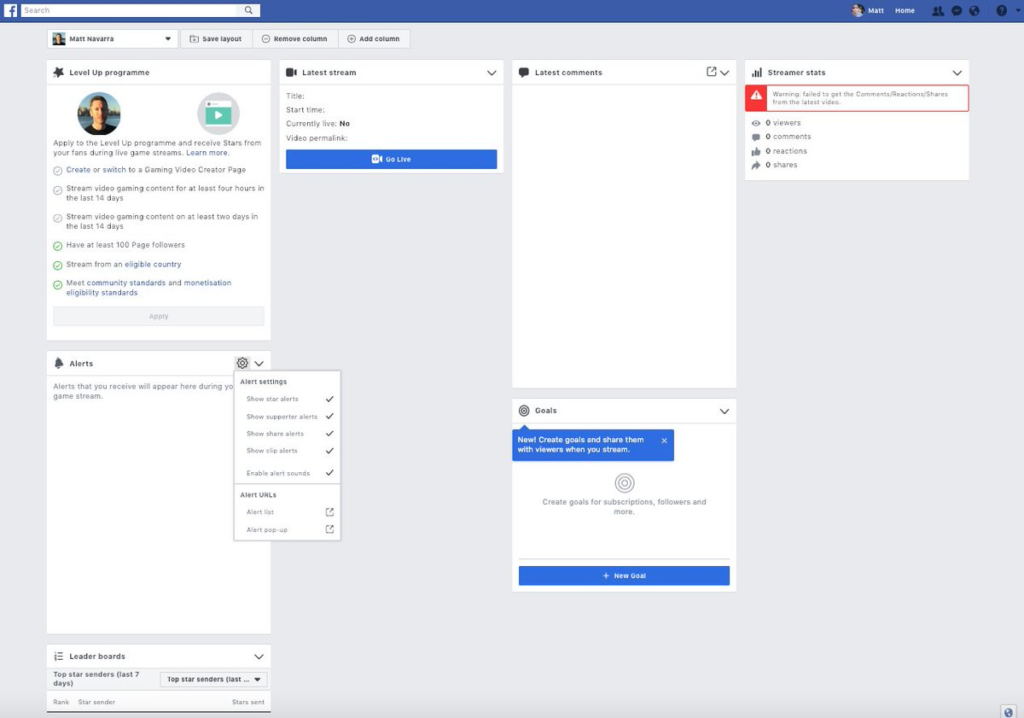
With all of that said about video content, you may want to get into live video as well to bring more immediacy to your brand.
Live video is now the most engaging form of content on social media, performing six times better than regular video on Facebook.
This medium is all about authenticity and spontaneity, showing your audience the human beings behind the brand.
Leverage that spontaneity and interact with your viewers—talk to them, answer their questions, take their requests.
Make your live video stream a bonding time between you and your audience, which they will certainly appreciate.
It’s also a great way to receive feedback about your brand, whether its praise or criticism, both of which should be received with dignity and grace.
Every live video you stream is an opportunity to both make content and learn about your audience.
You can then play around with different formats like a podcast, show, unboxing, or so on that features you and your brand.
5. User-Generated Content
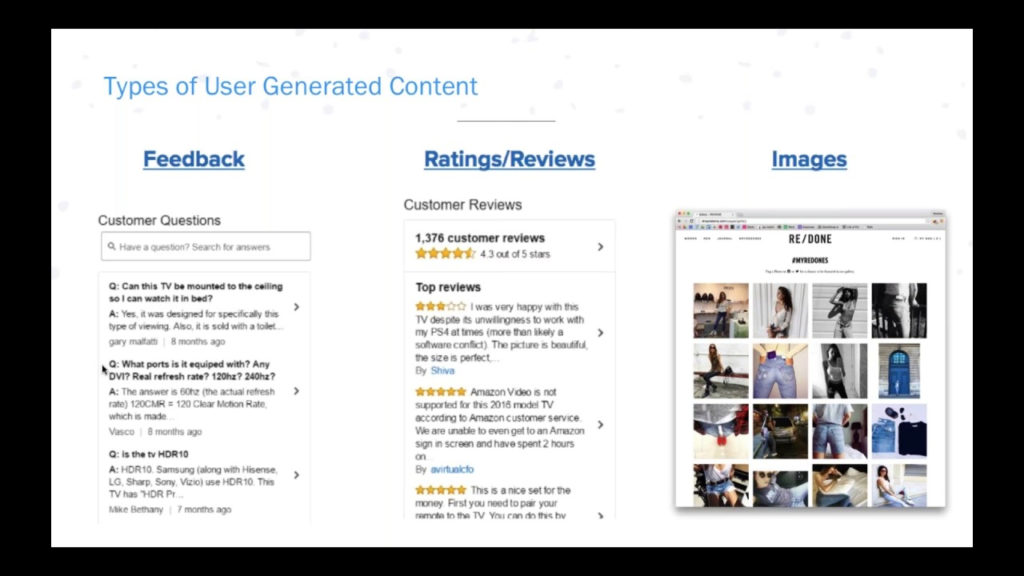
Most social media tactics are about what you can do for your audience, but this one is more about what they can do for you in return.
User engagement is everything in social media marketing, and getting good user-generated content (UGC) is its pinnacle.
Letting users participate also gives them incentive, both through exposure and increased and more involved engagement with your brand.
User-generated content is both an indicator and a source of great user engagement as UGC is like a gift that keeps on giving when there’s enough of it.
The simplest form of UGC is customer feedback, which lets them share their thoughts about your products and services.
Those reviews then serve as testimonies for your brand, which can then attract more customers if they’re mostly positive.
You can attract that content by doing your best to please your customers and then providing the means to convey that feedback.
The importance of user-generated content can’t be understated since there are no other people customers trust more than other customers.
That user-generated content then attracts more people to leave their own as well, making this process a win-win for everyone.
All that UGC becomes your best tool for expanding your reach and promoting brand trust, whether it’s just user reviews or even their own blog posts and videos.
You can then take it further with influencer marketing, which is essentially sponsored user-generated content.
6. Running Contests, Giveaways, and Other Limited-Time Events
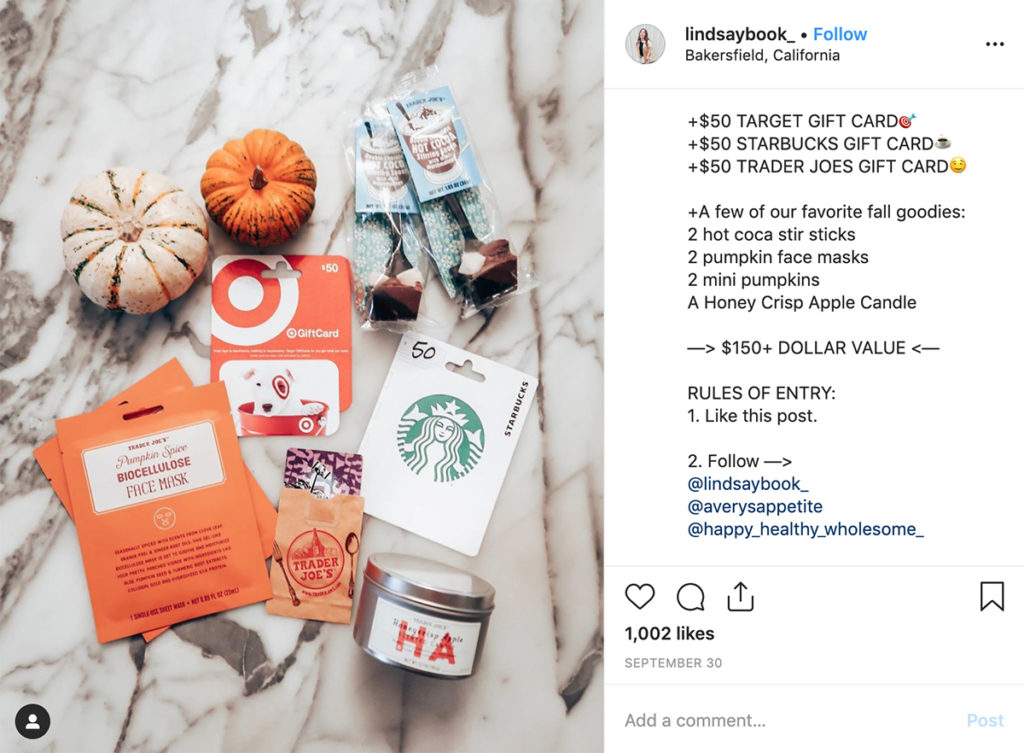
It’s an old tactic that you must have read about in a million guides at this point, but here’s the thing about giveaways in 2020.
With the current situation this year, if you’re able to find a way to deliver prizes quickly and safely, then it might actually work wonders for you.
Online giveaways and contests have always been a popular tactic for social media brands to grow their audience.
Basically, you can offer a free product or gift card to your customers if they share your posts and tag their friends.
You then draw from a lot at random and announce the winner after a certain period of time, making that an event in itself.
Of course, you can’t do this all the time since that would just be giving away free stuff all the time, which may be detrimental to a business.
But having it every now and then will have your audience be more vigilant to your updates, much like ephemeral content.
That show of occasional generosity in exchange for shares and tags can help expand your reach even further.
You may also want to send a consolation for everyone else who participated, like a coupon or some other token of appreciation.
Making such a gesture can go a long way in creating trust with your audience.
7. Social Media Groups for Building a Community
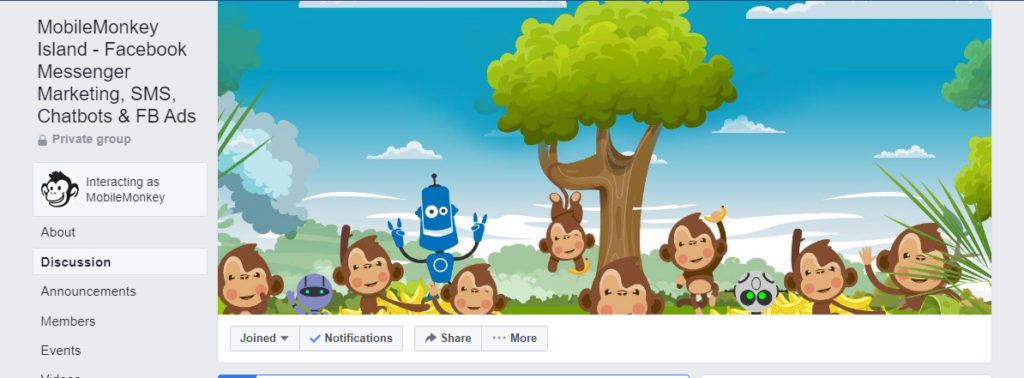
The most valuable long-term social media strategy out there is to build a community of loyal fans that your brand can leverage.
It’s the best and most effective way to maintain interest and build trust in your brand over time, as well as create tons of user engagement.
You can foster that community by creating a social media group wherein like-minded people interested in your brand can interact.
A Facebook group is the best way to go about it at the moment, but you can also have a group chat in an instant messenger as well.
Facebook groups have become preferred over Facebook pages as hubs for discussion, growing steadily since 2017.
While Facebook pages are still seen as the main method for content delivery in the platform, Facebook groups have been catching up.
That group can then be used to brainstorm ideas, gather feedback, run contests, and just interact with your core audience.
It can be safe to say that people who deliberately choose to join your group are certainly interested in what you do.
In 2020, this is still an excellent way to grow a community in one’s niche or field of interest for a brand with a following.
It also exposes your business to different kinds of people from all walks of life, which lets you learn more about your audience.
In turn, you get to expand your reach as you connect with people who may have similar interests.
Consumers tend to spend around 2.5 to 3 hours on social media per day, usually through their smartphones.
Having a community hub for them to crash in lets you hold their attention for a good chunk of that time.
The group can serve as both a base of operations and a social listening post for your brand.
Conclusion
Social media is more powerful than ever, even in 2020, so you should pay close attention to tactics that can help your brand flourish in it.
There are various tricks, trends, techniques, and happy accidents that may come and go over time, especially as social media continues to change.
However, the main goal of bringing people together will always be the constant in this landscape.
You may use the seven tips we’ve given here to bring in more leads, boost your sales, increase user engagement, improve brand trust, and so on.
As your brand grows, do keep in mind that you must adjust as you go along as social media is always in flux.



